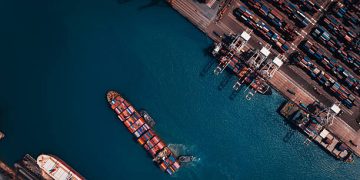U.S. President Donald Trump has urged NATO and European Union member states to consider tariffs of up to 100 percent on goods imported from China and India, marking a bold escalation in his long-standing strategy of using trade policy as a tool for international negotiation. The proposal, which Trump presented during a high-level meeting between U.S. and EU officials last week, underscores Washington’s broader effort to reshape global trade dynamics and reduce dependency on major Asian economies.
Trump has repeatedly argued that tariffs are not only a way to protect domestic industries but also an effective bargaining chip to pressure foreign governments. In his view, imposing significant tariff increases would reduce Western reliance on Chinese and Indian goods, forcing companies to diversify supply chains and strengthen economic cooperation among NATO and EU member states. In a letter dated September 13, Trump further emphasized his willingness to coordinate sanctions and tariffs in partnership with allied nations, suggesting that such measures could shift the balance of global markets in favor of the West.
The proposal comes at a time when trade between Europe and Asia is more critical than ever. China remains the European Union’s largest import partner, with bilateral trade in goods reaching approximately €732 billion ($860 billion) in 2024. Imports are particularly concentrated in high-demand categories such as consumer electronics, industrial equipment, and apparel. By comparison, Europe’s trade deficit with India stands at a smaller €22.5 billion ($26 billion), with significant flows in electronics, pharmaceuticals, and base metals. While India’s role in European supply chains is not as dominant as China’s, analysts caution that sweeping tariffs targeting both nations could have far-reaching consequences for European industries.
Experts have also sounded alarms about the potential ripple effects of such drastic measures. Tariffs ranging from 50 to 100 percent would likely raise costs for European manufacturers heavily dependent on Asian components and raw materials. This, in turn, could increase production expenses, reduce competitiveness, and lead to higher consumer prices across the EU. From electronics to household goods, shoppers could face steeper costs, while businesses may struggle to absorb the sudden increase in supply chain expenses. Though some EU member states appear open to exploring targeted tariffs, the bloc’s deep reliance on Chinese imports makes a comprehensive adoption of Trump’s proposal less probable in the near term.
Meanwhile, the U.S. is also grappling with internal debates over the legal authority of its tariff policies. Trump’s power to unilaterally impose tariffs under the International Emergency Economic Powers Act (IEEPA) has faced challenges in U.S. courts, and a decisive ruling from the Supreme Court is expected later this year. At the same time, Treasury Secretary Scott Bessent and other senior U.S. officials are holding ongoing discussions with their Chinese and Indian counterparts in an attempt to reduce tensions and create pathways for more balanced trade agreements.
On the international stage, leaders in both Beijing and New Delhi have reiterated their preference for dialogue rather than confrontation. Chinese officials have stressed the importance of maintaining open channels of communication with the EU and U.S., while India has emphasized its growing role as a trade partner and strategic ally to the West. Both countries, however, have warned that excessively high tariffs could trigger retaliatory measures, risking an escalation into broader trade disputes.
Looking ahead, direct talks between Trump and Indian Prime Minister Narendra Modi are expected to take place in the coming weeks. Observers anticipate that the discussions will focus on tariff levels, market access, and the potential for new bilateral agreements that could ease tensions. Despite the uncertainty, both sides have expressed cautious optimism that negotiations may yield compromises designed to strengthen trade ties while avoiding a full-scale trade confrontation.
As the debate continues, one thing is clear: tariffs remain a powerful and controversial instrument in global trade policy. Whether Trump’s proposal will gain traction among EU and NATO members remains uncertain, but the discussion has already highlighted the fragility of existing supply chains and the delicate balance between economic interests and political strategy.
#TradePolicies #TariffsAndDuties #GlobalTrade #EconomicUpdate #SupplyChainNews

















